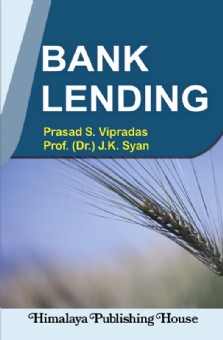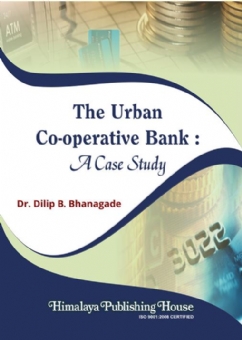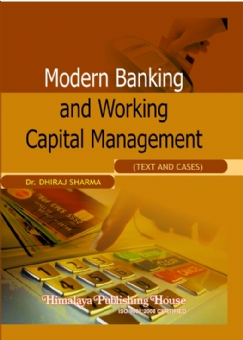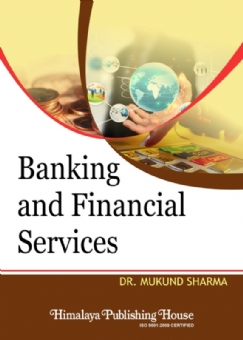Kautilya’s “Arthashastra” describes the qualities of a person with whom the people should keep their valuables when travelling abroad. It means the practice of depositing valuables including money was prevalent even in those times. The credit was used in agriculture in Mesopotamia in 3000 B.C Even the derivatives are not new, future contracts were traded in Amsterdam exchange in the 17th century. Bank lending and investment of money is as old as civilization.
The lending is considered as most important function of the bank. The demand for financial assistance from the bank is increasing day by day. Term Leading is being undertaken on a large scale. The Government is also insisting that the banks play an important role in rural credit. During the last few years, enormous changes have taken place in the economic environment and in turn in the banking sector too. New concepts have evolved. The old security-based approach has changed to need-based approach. This has increased the risk and responsibilities on the part of the banks. Basically, the lending area is sensitive in nature and therefore, the bank has to be very careful while giving an advance right from the beginning i.e. the selection of borrower till the amount is fully recovered with interest. If proper care is not taken and timely follow up is not done, it will take no time to turn the accounts into Non-Performing Assets (NPAs) which is considered as great concern of most of the bank in the present banking scenario.
Contents :
1. Introduction
2. Employment of Bank`s Funds
3. The Basic Principles of Lending
4. The Study of The Borrower
5. Type of Borrowers
6. Forms of Advances (Fund-Based)
7. Forms of Advances
8. Security for Advances
9. Modes of Charging Securities
10. Advance against Various Securities
11. Study of Financial Statement (Ratio Analysis)
12. Study of Financial Statement (Flow Analysis)
13. Working Capital Finance-Assessment of credit Requirements
14. Working Capital Finance-Recommendations of Various Committees
15. Documentation
16. Credit Monitoring
17. Recovering Mechanism
18. Industiral Sickness
19. Non-Performing Assets
20. Securitisation






